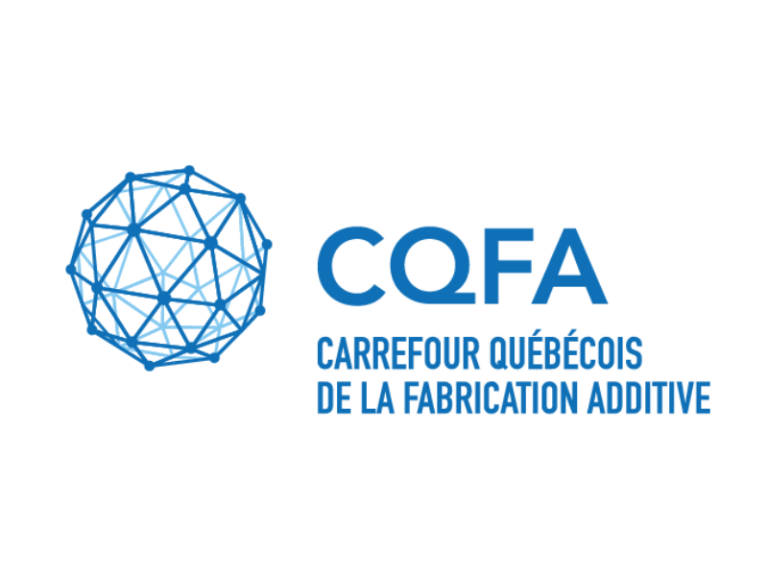
2023/12/14
The impacts of post-processing treatments done under reactive and non-reactive atmospheres on the densification of binder jetting parts
Goffin. A.; D. Lennox, D.M.; Raphael, W.; Therriault, D.; Tavares, J.R. (2023). The impacts of post-processing treatments done under reactive and non-reactive atmospheres on the densification of binder jetting parts. Can. J. Chem Eng. 2023:1/11.
At the intersection between chemical and materials engineering, binder jetting is an additive manufacturing technique that foregoes many of the limitations of the conventional metal 3D printing technique. Binder composition and thermal post-processing influence final part quality. Herein, three different atmospheres, ranging from reactive (air) to non-reactive (vacuum, argon), are studied to determine their effect on the quality of binder jetting printed parts after thermal treatments, namely debinding and sintering. These parts were printed using SS316L powder. Samples debound in air were negatively affected as they presented high porosities and low densities, averaging 6.80 (±0.4) g/cm3, whereas samples debound and sintered under vacuum demonstrated the best outcome with low porosities and high densities, averaging 7.65 (±0.1) g/cm3. This study highlights how oxide formation during debinding causes ferrite phase formation during sintering and how it affects atomic diffusion in the samples during both thermal treatments. This research also demonstrates the respective effects of these on the densification and porosity of parts.